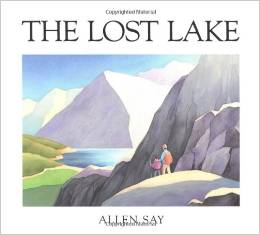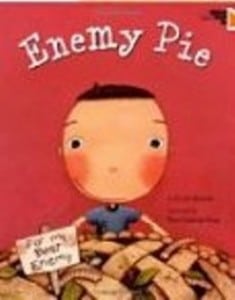Black-high tops with two white stripes—imagine them being the heart’s desire for a little boy. He wants them more than anything else in the world. All the other kids in his class have the extravagant shoes. The power of peer pressure; Jeremy dreams of getting his own pair and of being cool.
In her picture book, Those Shoes, Maribeth Boelts captures the intensity of a child’s yearning for the latest clothing fad. He’s caught between the proverbial rock and a hard place. His grandma doesn’t have the money for fancy shoes, only for the necessities. This hard fact does little to quell the boy’s desire to join the crowd and strut in his own pair of high-tops. Instead, the Guidance Counselor notices that Jeremy needs new shoes. Unfortunately, the only pair Mr. Alfrey has available conjures laughter from his classmates not admiration. One child—Antonia— doesn’t join in the teasing.
Grandma and Jeremy search the thrift stores for a hand-me-down pair of high-tops. After several failed attempts, luck finally runs Jeremy’s way. They discover a pair. Jeremy crams his feet into the shoes and ignores the pain. He pretends the “too-small shoes” fit his “too-big feet.”
Jeremy has a big heart to match his big feet. He notices Antonio also needs new shoes. Jeremy also sees that his two-small high-tops would be a perfect fit for Antonio’s much smaller feet. His urge to be generous plays tug of war with his love for “Those Shoes.” Finally, Jeremy decides to give them to the to the boy.
What I liked about this story
1. It respected the intensity and genuineness of Jeremy’s feelings. The reader is drawn into Jeremy’s longing, his humiliation when the other kids laugh at him, his elation when he finds the coveted shoes, his desperation to make the “too-small shoes” fit his “too-big feet,” his conflicts and his resolution.
2. The story highlighted the blessing of having one friend who will stand with you against the crowd.
3. The story depicts multi-cultural drawings in a way that is natural. This book is not about race but it is diverse. A wide range of readers will recognize themselves in this book.
4. It shows the power one child can have to make a difference and it does it in a way that feels real, not preachy or overdone.




